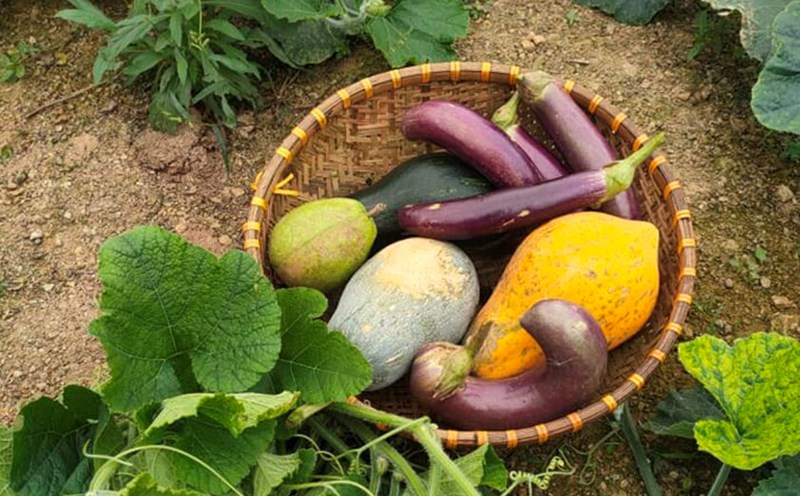The hot summer sun will be a favorable condition for bacteria and mold to increase, causing vegetables to quickly wither and lose nutrients.
To ensure the quality of meals is always made from nutritious vegetables, housewives can apply the following methods to help keep vegetables fresh in the summer.
Do not wash vegetables before storage
Washing vegetables before storage can increase moisture, creating a favorable environment for bacteria and mold to grow, leading to vegetables quickly rotting. Only wash vegetables before using to ensure hygiene and freshness.
Classification of vegetables
Each type of vegetable will have its own characteristics to adjust the temperature while preserving it appropriately. Classifying and arranging each type of vegetable will help ensure freshness and nutrition.
For example, leafy greens wrapped in front towels or plastic boxes will help absorb excess moisture, preventing waterlogging; while tubers such as carrots and potatoes should be kept in the refrigerator.
Remove damaged and crushed parts
When buying vegetable parts, you need to remove damaged or crushed parts. This is also one of the reasons why vegetables can produce ethylene gas, which promotes rapid decomposition of vegetables. Therefore, remove damaged parts before storing them in the refrigerator to ensure long-lasting freshness.
Water storage of vegetables
For vegetables such as coriander, cauliflower, asparagus, you can apply them by placing them in a clean water bottle to keep them green for 3 to 4 days without having to store them in the refrigerator.
Avoid leaving vegetables with ripe fruits
Some ripe fruits such as bananas, apples, pears... will produce ethylene gas to promote the ripening of surrounding foods.
If you keep green vegetables with ripe fruits, the vegetables will quickly wither and lose their freshness. Therefore, vegetables and fruits should be stored separately in refrigerators to help maintain freshness for longer.











